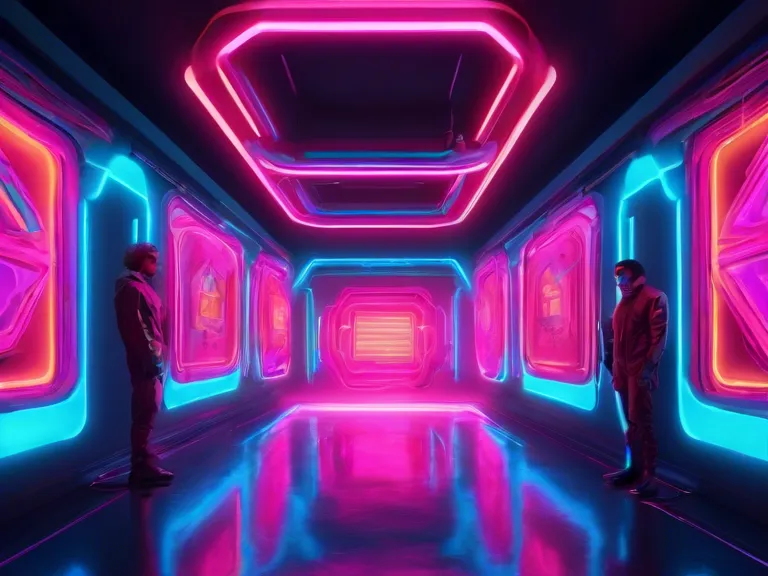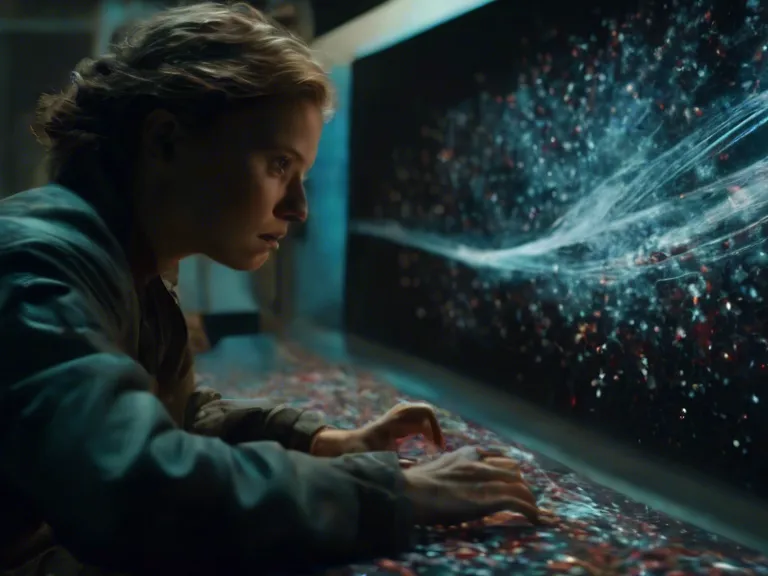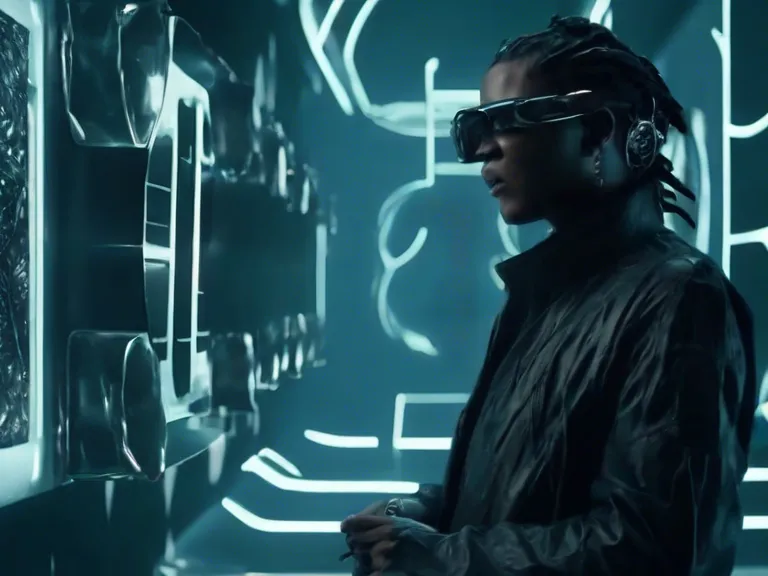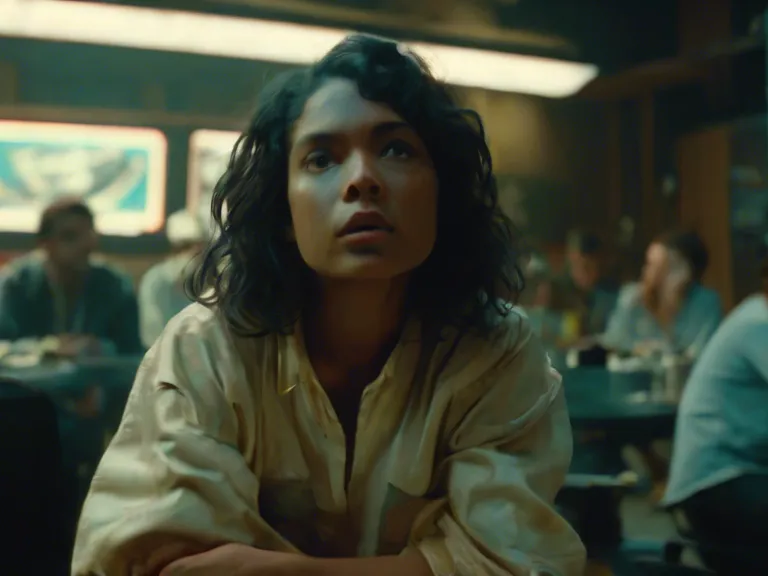
Neon Artistry: Integrating Futuristic Art Styles into Modern Film
In recent years, there has been a resurgence of neon artistry in the world of cinema, with filmmakers integrating futuristic art styles into their work to create visually stunning and immersive experiences for audiences. From the vibrant colors and bold shapes of neon signs to the sleek and modern aesthetics of cyberpunk and retro-futurism, these artistic influences have become a key component of many contemporary films.
One of the most notable examples of neon artistry in modern film is the use of neon lighting to create atmospheric and visually striking scenes. Directors like Nicolas Winding Refn, known for films like "Drive" and "The Neon Demon," have become synonymous with their use of neon lighting to evoke a sense of mystery, suspense, and style. The use of neon lighting can transform ordinary settings into surreal and otherworldly landscapes, adding a layer of depth and visual interest to the film.
In addition to neon lighting, filmmakers have also been incorporating futuristic art styles like cyberpunk and retro-futurism into their work. These styles often feature a combination of high-tech elements, neon colors, and a gritty urban aesthetic, creating a visually striking and immersive world for audiences to explore. Films like "Blade Runner" and "The Fifth Element" have become iconic examples of this fusion of futuristic art styles with traditional storytelling techniques.
Overall, the integration of neon artistry and futuristic art styles into modern film has helped to push the boundaries of visual storytelling and create a new language of cinema. By blending elements of the past with visions of the future, filmmakers are able to create unique and innovative worlds that captivate audiences and transport them to new and exciting places.



